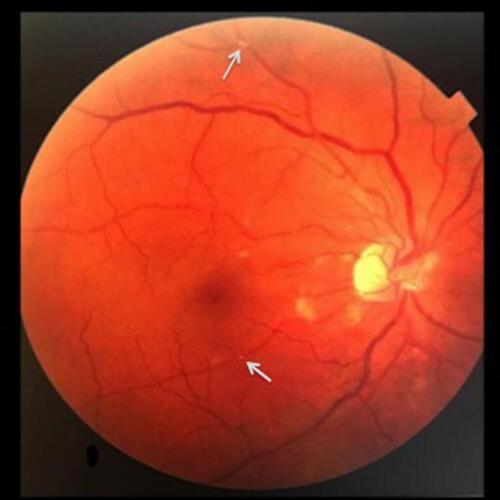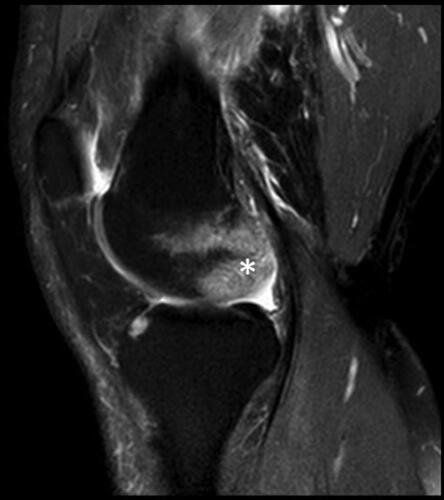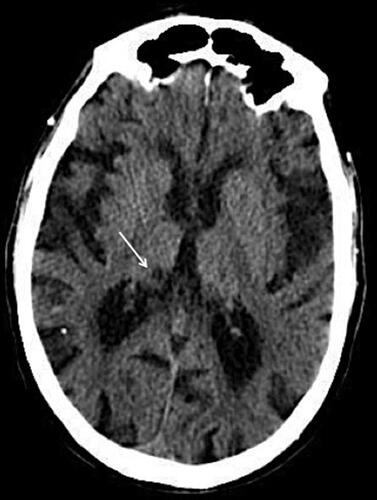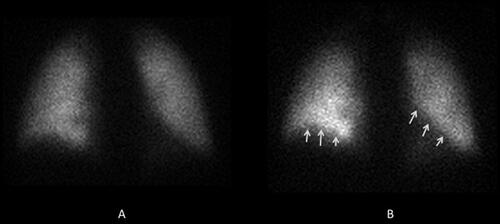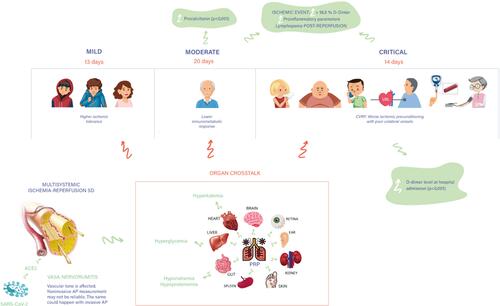Figures & data

Figure 1 Clinical patterns of acroischemia. Upper: Outpatients (ARP and PP). Lower: Hospitalized patients (SMI and AO).
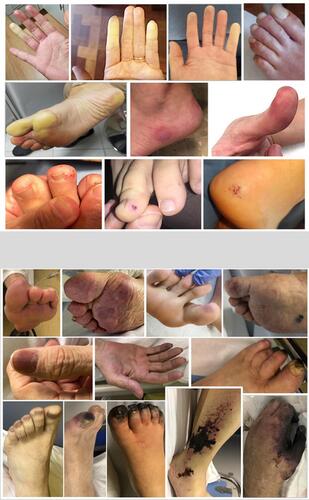
Table 1 Demographic Characteristics of Patients with COVID-19 Infection and Acro-Ischemia
Table 2 Clinical Characteristics of Patients with COVID-19 Infection and Acro-Ischemia (I)
Table 3 Clinical Characteristics of Patients with COVID-19 Infection and Acro-Ischemia (II)

